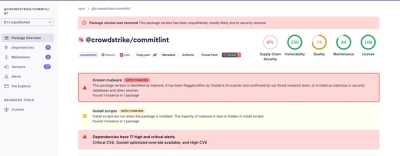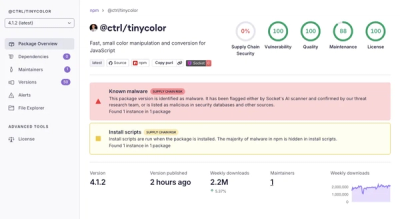pam-diff






Measure differences between pixel arrays extracted from pam images. Works well with node module pipe2pam to extract pam images from an ffmpeg pipe. Supported tupltypes are rgb, rgb_alpha, and grayscale. It is currently being used for a video motion detection project.
Installation:
npm install pam-diff@latest --save
Important Note: The js-only version will no longer receive any updates. All future work will be dedicated to the n-api version because it is much more efficient.
New Feature: Starting with version 0.13.0, the option to use worker threads can be enabled by passing {async: true} to the pam-diff constructor.
New Feature: Starting with version 0.13.2, the option to get x y bounding box coordinates can be set by passing {response: "bounds"} to the pam-diff constructor.
Usage Options:
When comparing 2 equally sized buffers of grayscale, rgb, or rgba pixels, there are several options:
- all (default)
- All pixels will be targeted when checking for differences.
- To use this option, set the configuration object without creating any regions.
const pamDiff = new PamDiff({difference: 5, percent: 5});
- regions
- Specific regions of pixels will be targeted when checking for differences and the rest will be ignored.
- To use this option, create a regions array and pass it to the constructor.
const region1 = {name: 'region1', difference: 12, percent: 22, polygon: [{x: 0, y: 0}, {x: 0, y: 225}, {x: 100, y: 225}, {x: 100, y: 0}]};
const region2 = {name: 'region2', difference: 14, percent: 10, polygon: [{x: 100, y: 0}, {x: 100, y: 225}, {x: 200, y: 225}, {x: 200, y: 0}]};
const regions = [region1, region2];
const pamDiff = new PamDiff({regions : regions});
- mask
- Specific regions of pixels will be ignored when checking for differences.
- To use this option, create a regions array and set the mask option to true.
const region1 = {name: 'region1', polygon: [{x: 0, y: 0}, {x: 0, y: 225}, {x: 100, y: 225}, {x: 100, y: 0}]};
const region2 = {name: 'region2', polygon: [{x: 100, y: 0}, {x: 100, y: 225}, {x: 200, y: 225}, {x: 200, y: 0}]};
const regions = [region1, region2];
const pamDiff = new PamDiff({difference: 12, percent: 10, mask: true, regions : regions});
Getting results back from the pixel difference detection:
- event
- A diff event will be emitted with a data object passed as the only argument.
pamDiff.on('diff', data => {
console.log(data);
});
- callback
- A callback function will be called with a data object passed as the only argument.
- The callback can be passed as the 2nd argument to the constructor or it can be added later.
function myCallback(data) {
console.log(data);
}
const pamDiff = new pamDiff({difference: 10, percent: 20}, myCallback);
pamDiff.callback = myCallback;
pamDiff.setCallback(myCallback).setDifference(10).setPercent(20);
pamDiff.callback = null;
Expected results:
- When targeting all pixels:
{
trigger: [
{name: 'all', percent: 13}
],
pam: <Buffer>
}
- When targeting regions of pixels:
{
trigger: [
{name: 'region1', percent: 13},
{name: 'region2', percent: 22}
],
pam: <Buffer>
}
- When targeting all pixels ignored by mask:
{
trigger: [
{name: 'mask', percent: 13}
],
pam: <Buffer>
}
- When targeting all pixels and setting {response: "bounds"}:
{
trigger: [
{name: 'all', percent: 13, minX: 42, maxX: 399, minY: 113, maxY: 198}
],
pam: <Buffer>
}
Other Resources:
View the docs, tests, or examples for more implementations.
Future Plans:






